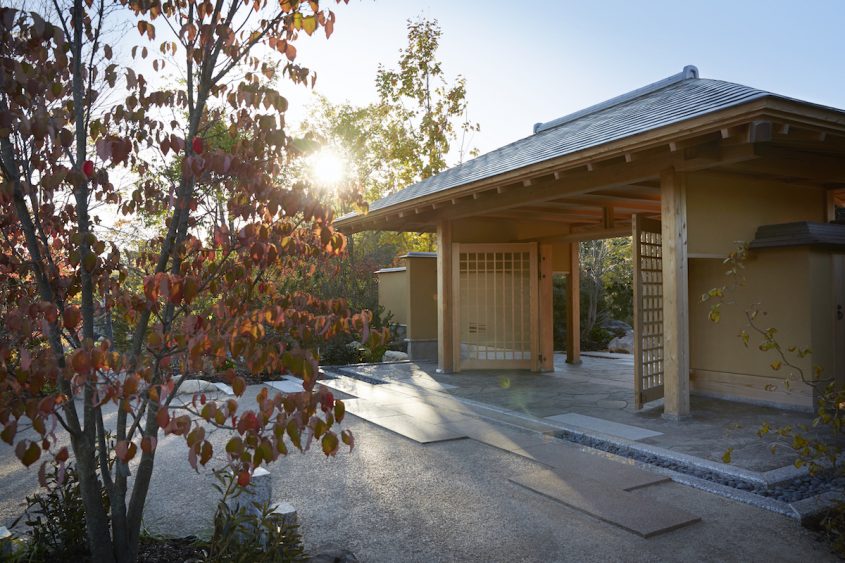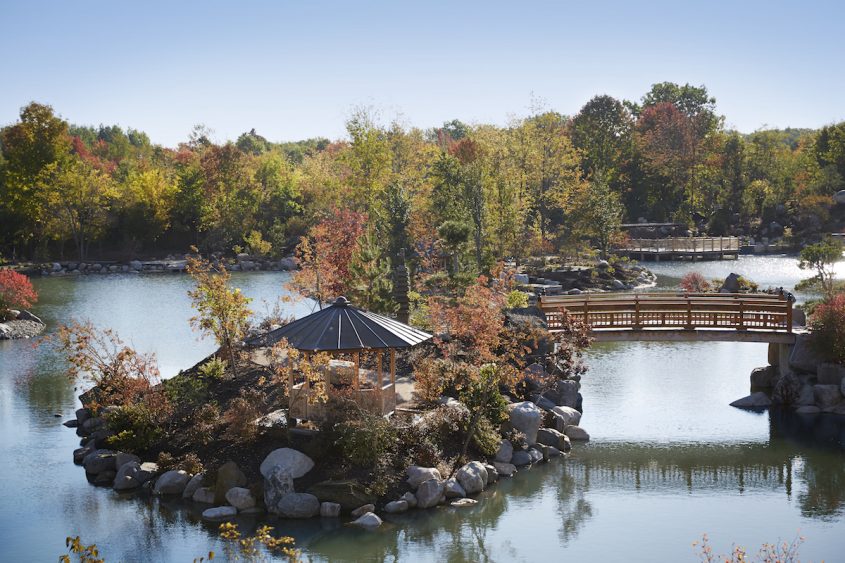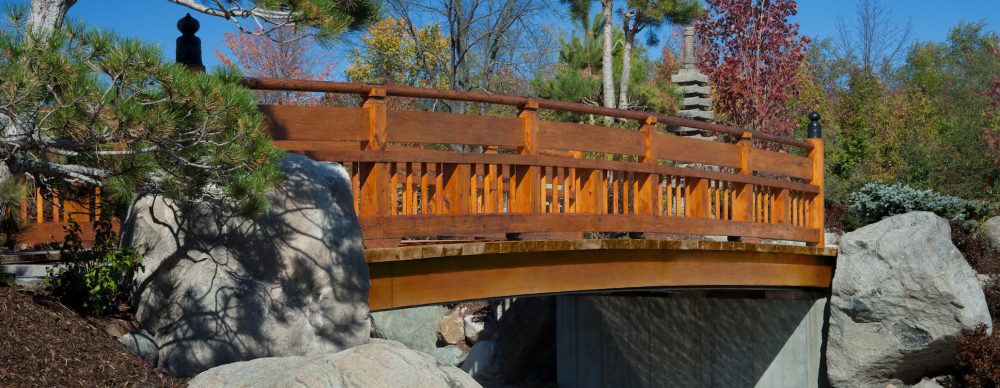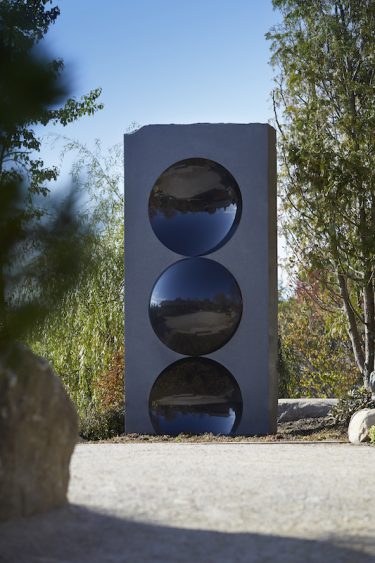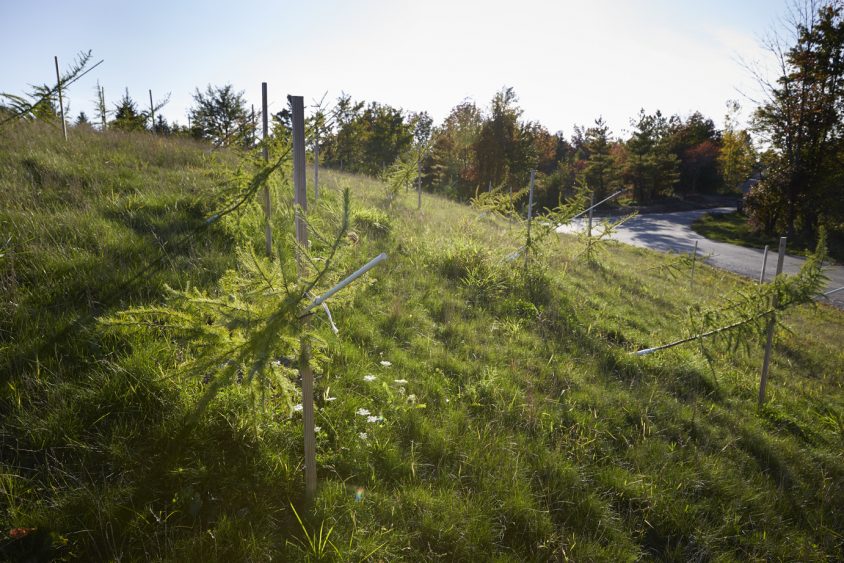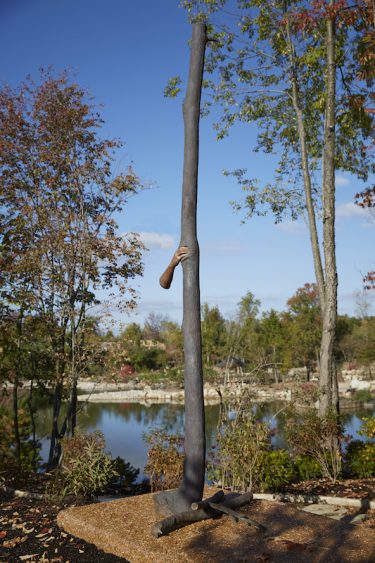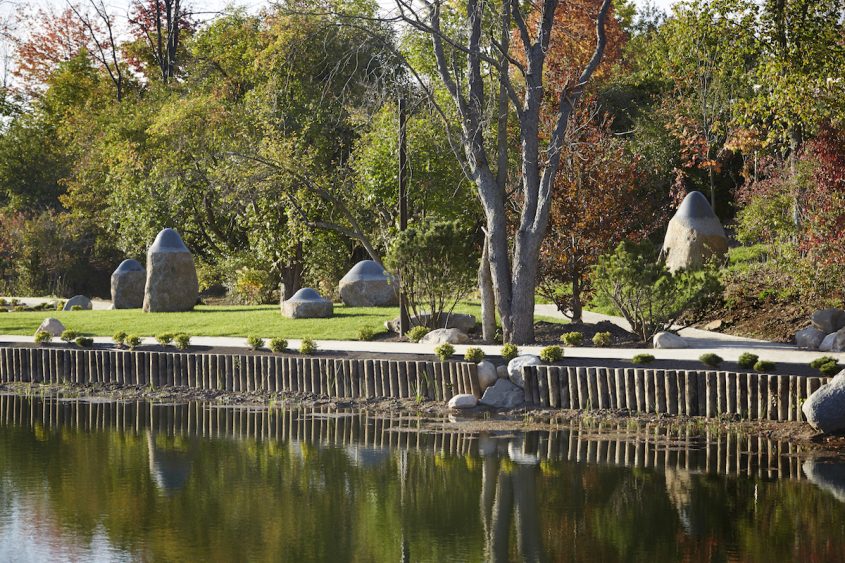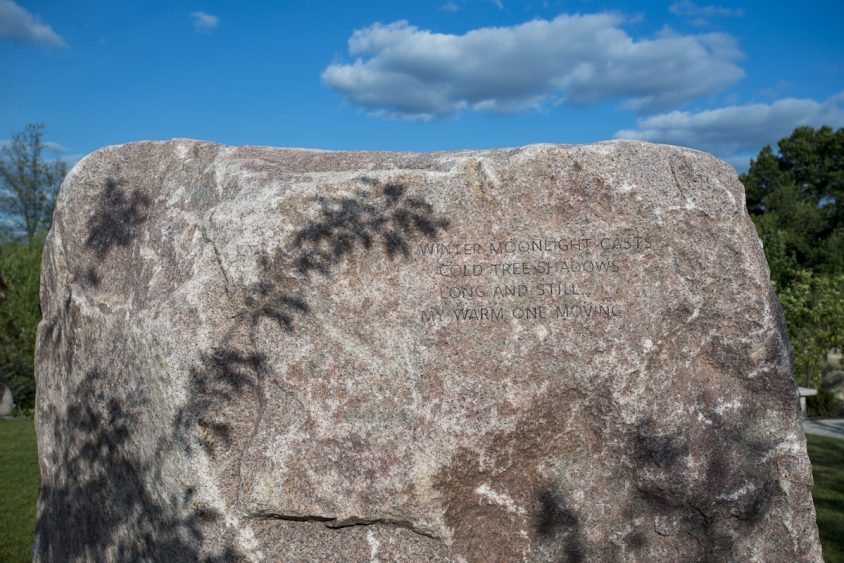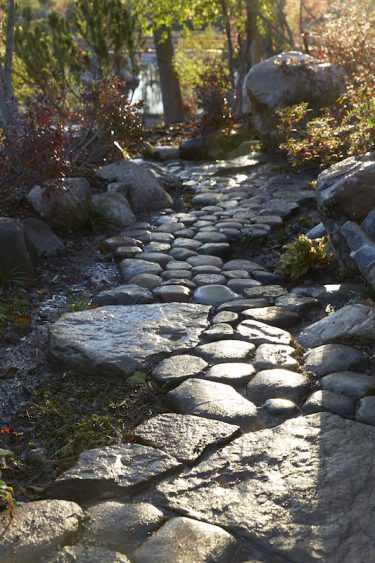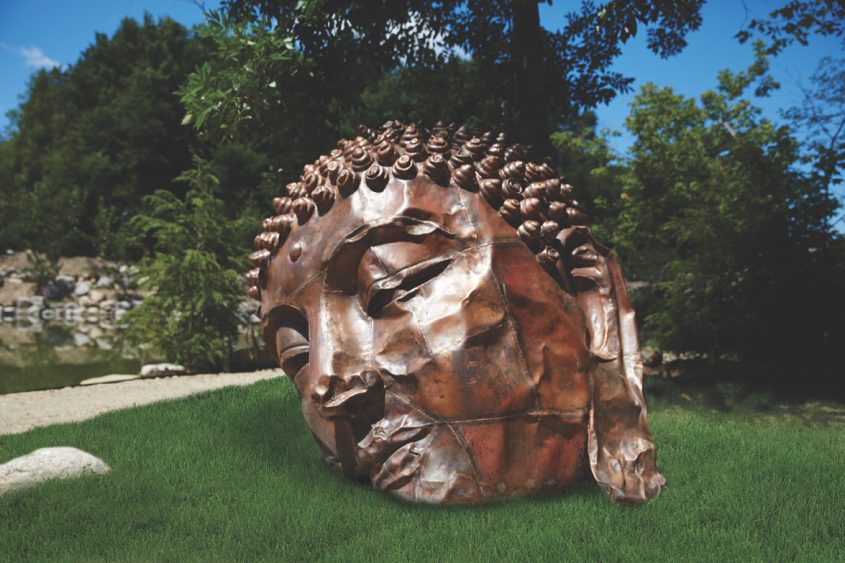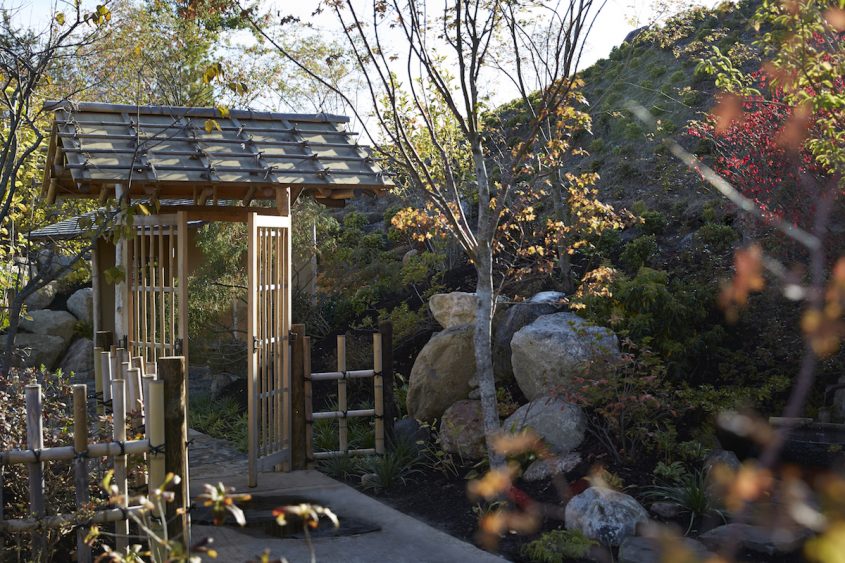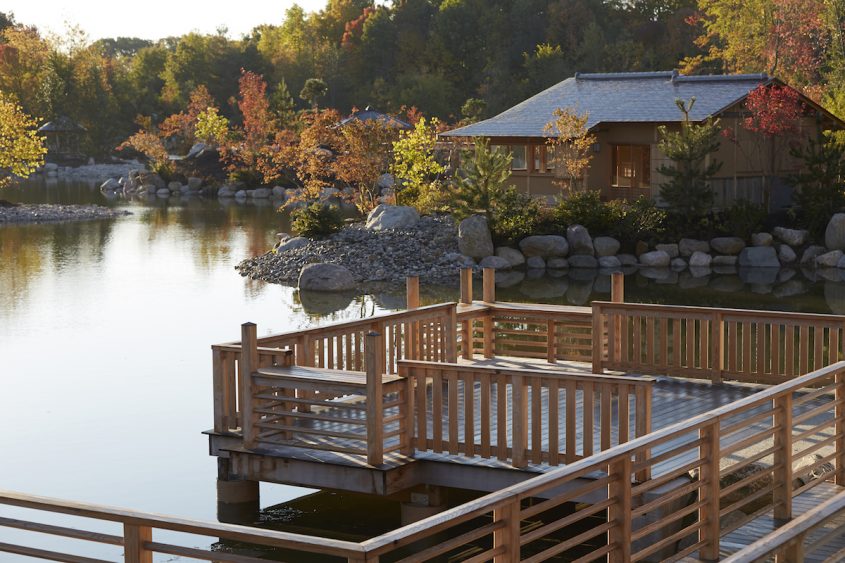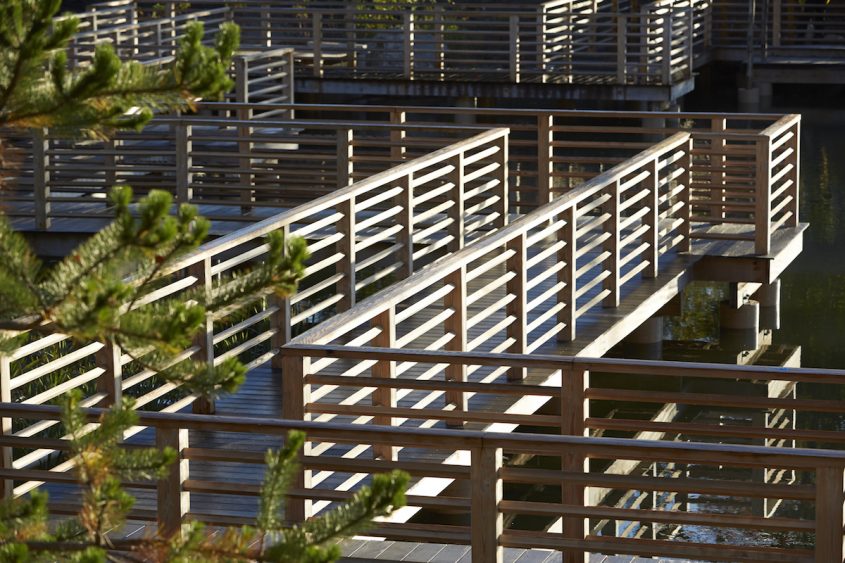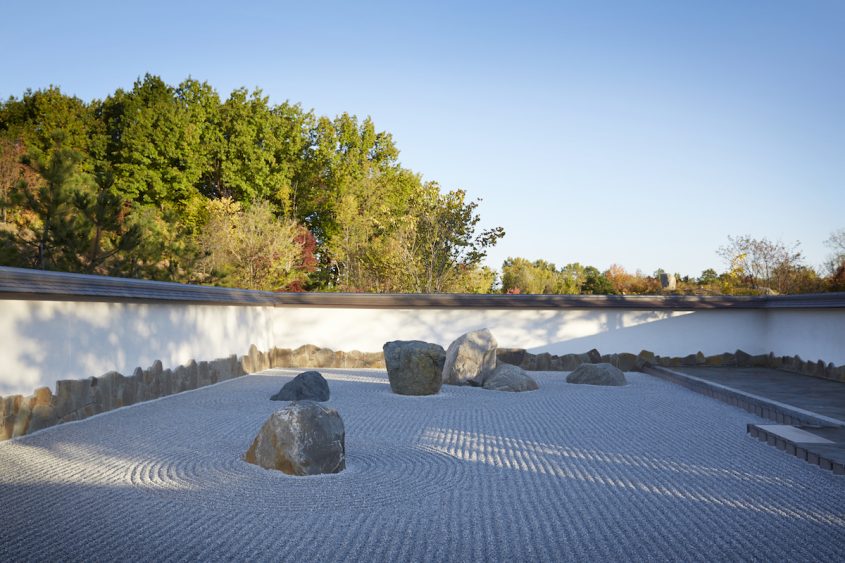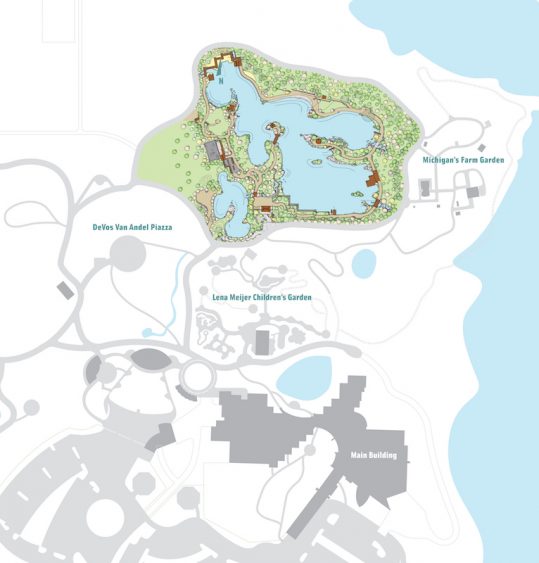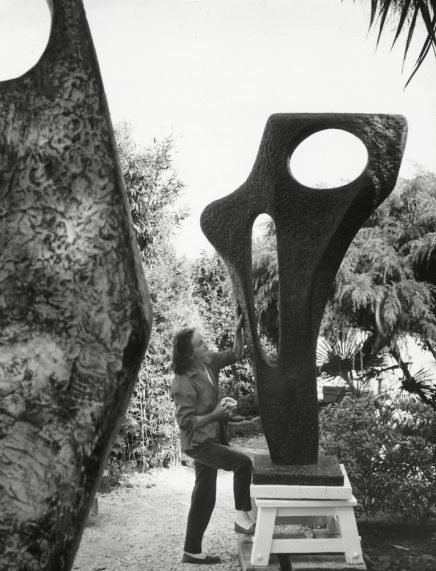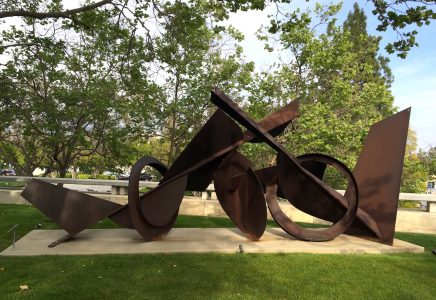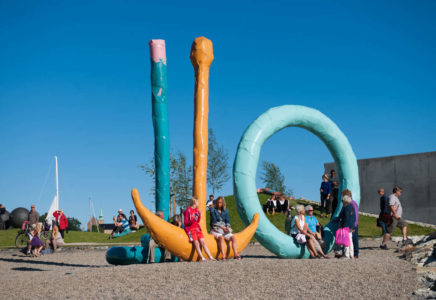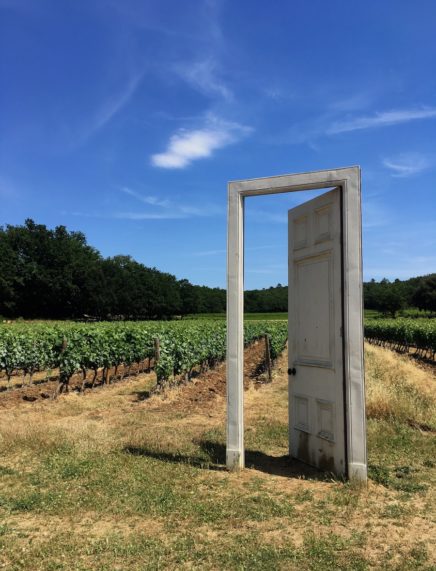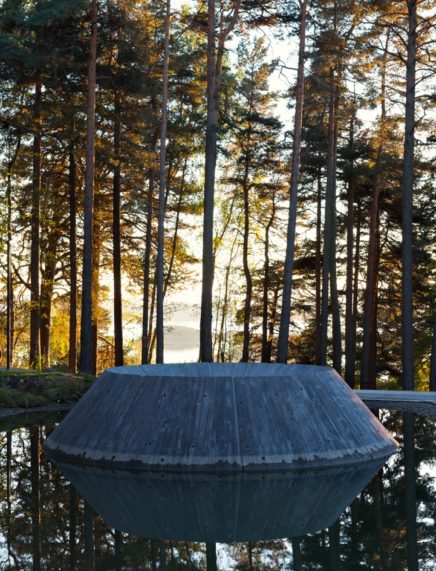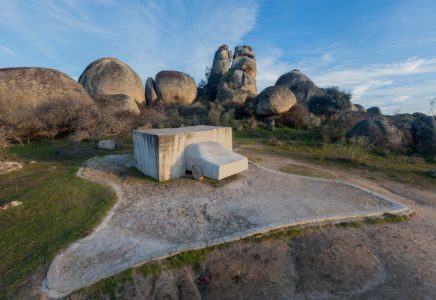New Garden at the Frederik Meijer Gardens and Sculpture Park: the Richard & Helen DeVos Japanese Garden.
The story of the Frederik Meijer Gardens and Sculpture Park (West Michigan, USA) started long before its opening in April 1995. Until then, the West Michigan Horticultural Society had spent thirteen years seeking logistical and financial support in order to make this project feasible. It was thanks to Fred and Lena Meijer, in 1990, that the project finally developed and took shape to ultimately become what it is today: 158 acres which include the largest tropical conservatory in the United States, five thematic interior gardens, several exterior gardens, a library, café and numerous structures to host visitors as well as researchers and students. It also comprises a collection of about 300 sculptures by artists such as Auguste Rodin, Edgar Degas, Henry Moore, Alexander Calder, Louise Bourgeois and Richard Serra, to which is added three temporary exhibitions annually, indoors as well as outdoors. In 2015, the Frederik Meijer Gardens and Sculpture Park celebrated its 20th anniversary with the opening of a brand new project: the Japanese Garden.
During the 2012 press conference, David Hooker (President and CEO of the Frederik Meijer Gardens and Sculpture Park) announced the start of the construction work, entrusted to Japanese landscaper Hoichi Kurisu who explains: “Since the start of their history in the VIIIth century, one of the founding principles of Japanese gardens is the communion between humans and nature, the two of them becoming one. The garden is meant to bring us closer, to unite us with nature and with ourselves: this is the principle that needs to be respected. We have to let go of our ego, of our pride, of our negative feelings, and reunite with ourselves. This is what the Japanese garden does.” 1
In the garden, nothing is left to chance. Everything is meticulously calculated: the shapes, the positioning of the different elements, the sounds and colors, the placement of sculptures and constructions along the visitors’ path… Even the 4,000 blocks of rock are placed on the ground according to a well defined design. Hoichi Kurisu has created structured spaces aimed at guiding the visitor through a journey of introspection and dialogue with him/herself while communing with nature. The more intimate spaces are accented by panoramic views, the most polished areas alternate with wilder ones, water features interact with the surrounding greenery: everything seems to find an ever changing, ever shifting balance. The sound element has been meticulously thought out: the powerful and prevailing sound of the waterfall contrasts with the much quieter and soothing sounds of the pond.
These various atmospheres, which always complement one another, are connected by a path which is never straight, never fast. Curves, decelerations, spirals and zigzagging bridges enjoin visitors to relinquish the often frenzied and highly structured pace of their daily life. Designed with a calligraphy brush, this garden and its paths allow us to communicate and to dream.
But other elements also come into play: structures meant to encourage connection with others, such as the teahouse, the zen-style garden or the bonsai garden and a series of contemporary artists’ sculptures, scattered around the garden. While some of the structures might be imposing, they never take over the nature surrounding them. As for the sculptures, they blend so well with nature that visitors sometime have to carefully look for them. With For the Garden (2015), for example, Jenny Holzer carved fragments of poetry across large boulders along the small stream.
Joseph Becherer, Vice President and Chief Curator of the sculpture department, explains that one of the many missions of the park is to combine horticulture and contemporary sculptures. David Nash, Ai Weiwei, Giuseppe Penone, Zhang Huan, Masayuki Koorida, George Rickey and Jenny Holzer: these artists were chosen because their work seemed to resonate with the principles of the Japanese garden and the park’s more global missions. Their sculptures allow to preserve and to promote the dialogue between nature and the visitors.
Japanese artist Masayuki Koorida’s sculptures perfectly comply with the garden’s philosophy. Five granite blocks of varying sizes arise from a lawn by the pond. The blocks have a rather rough base, but their upper surface is smooth, polished by the caresses of hands, and they seem to be whispering to the nature which shelters them: here again come the smooth, sinuous curves of the paths, as well as the acceptation of their opposite, the imperfection and coarseness of rock, subjected to natural conditions.
David Nash’s Sabre Larch Hill (2013) is another installation which echoes with the desire to keep the garden in constant evolution. The artist planted several dozen young larches on the west side of a hill, at a 45 degree angle, thus using a very primitive repertoire. The installation will keep evolving as years go by and remain forever a constant “work in progress”.
Looking at this garden from far away, through the lens of a spyglass, what seems most extraordinary is the conversation, the movements and the dynamics of the subtle association of nature, art, and humans. A deep breath… to sooth the aches of the contemporary man.
Frederik Meijer Gardens and Sculpture Park
1000 E Beltline Ave NE
Grand Rapids, MI 49525
USA
Monday : 9h – 17h
Tuesday : 9h – 21h
Thursday – Saturday : 9h – 17h
1 Source : https://www.youtube.com/watch?v=bwLZ_rlz8n4
2 Monthly magazine: Sculpture June 2016, vol. 35 n. 5, p. 20-21
